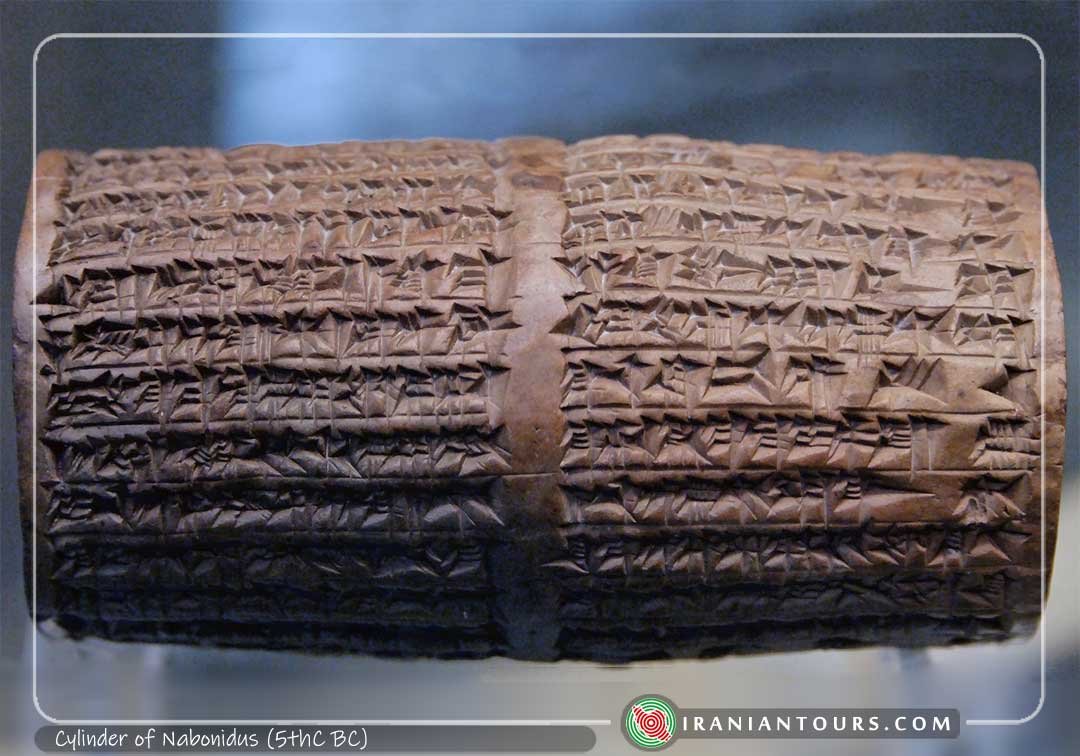



Timeline
The Neo-Babylonian Empire, also known as the Second Babylonian Empire and historically known as the Chaldean Empire, was the last of the great Mesopotamian empires to be ruled by monarchs native to Mesopotamia. Beginning with Nabopolassar’s coronation as King of Babylon in 626 BC and being firmly established through the fall of the Neo-Assyrian Empire in 612 BC, the Neo-Babylonian Empire would be short-lived, being conquered after less than a century by the Persian Achaemenid Empire in 539 BC.
The defeat of the Assyrians and the transfer of empire to Babylon marked the first time the city, and southern Mesopotamia, in general, had risen to dominate the Ancient Near East since the collapse of Hammurabi’s Old Babylonian Empire nearly a thousand years prior. The period of Neo-Babylonian rule thus saw unprecedented economic and population growth throughout Babylonia and a renaissance of culture and artwork, with the Neo-Babylonian kings conducting massive building projects, especially in Babylon itself, and bringing back many elements from the previous two thousand or so years of Sumero-Akkadian culture.
The empire retains a position within modern-day cultural memory mainly due to the unflattering portrayal of Babylon and its greatest king, Nebuchadnezzar II, in the Bible, which is owed to Nebuchadnezzar’s 587 BC destruction of Jerusalem and the subsequent Babylonian captivity. Babylonian sources describe Nebuchadnezzar’s reign as a golden age which transformed Babylonia into the greatest empire of its time.
Religious policies introduced by the Neo-Babylonian Empire’s final king, Nabonidus, who favoured the moon god Sîn over Babylon’s patron deity Marduk, eventually provided a casus belli which allowed the Achaemenid king Cyrus the Great to invade Babylonia in 539 BC, portraying himself as a champion of Marduk divinely restoring order to the region. Babylon remained culturally distinct for centuries, with references to individuals with Babylonian names and references to the Babylonian religion being known from as late as the Parthian period in the 1st century BC. Although Babylon would revolt several times during the rule of later empires, it never successfully restored its independence.
